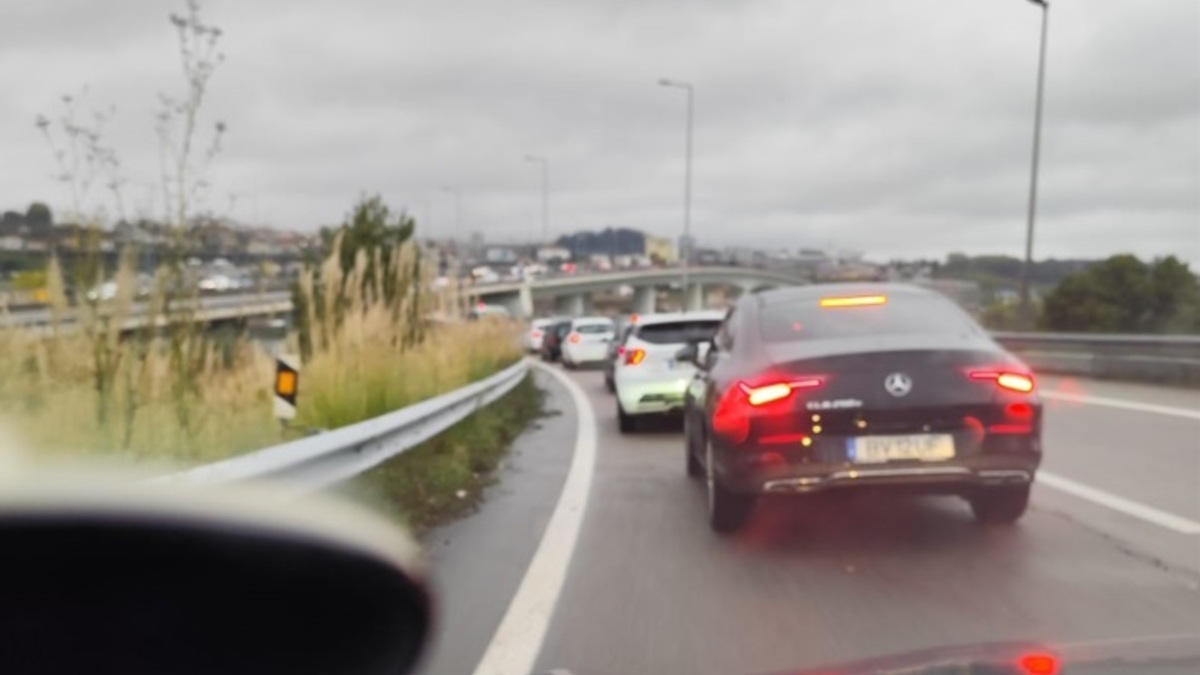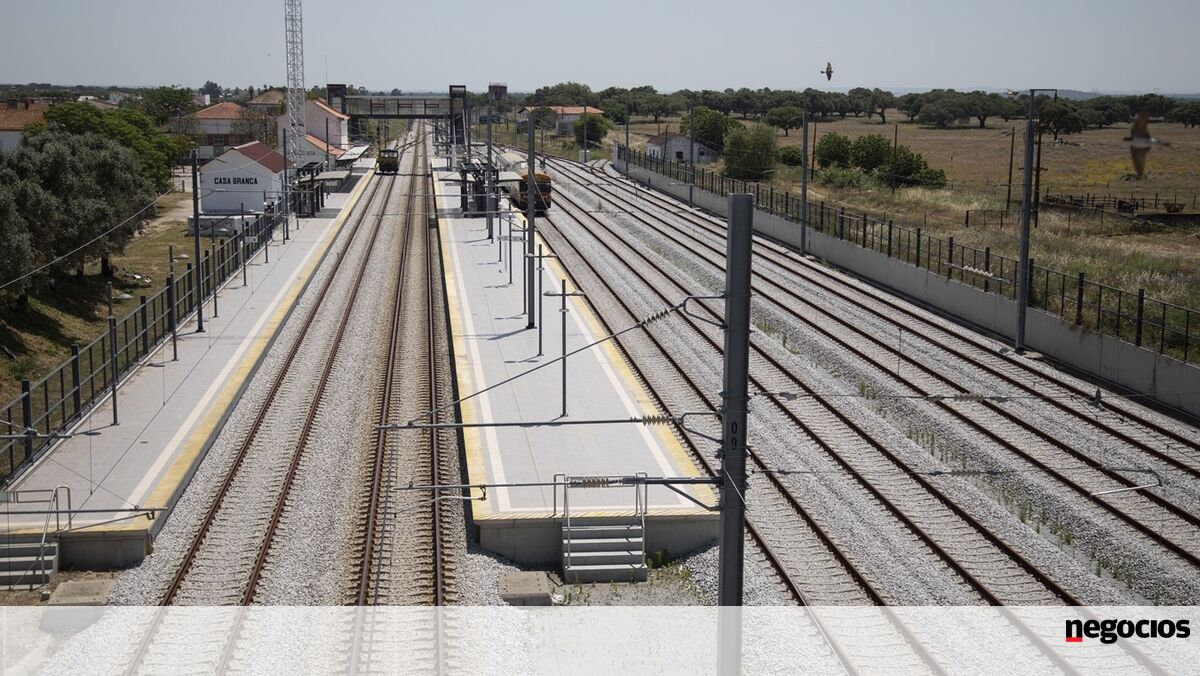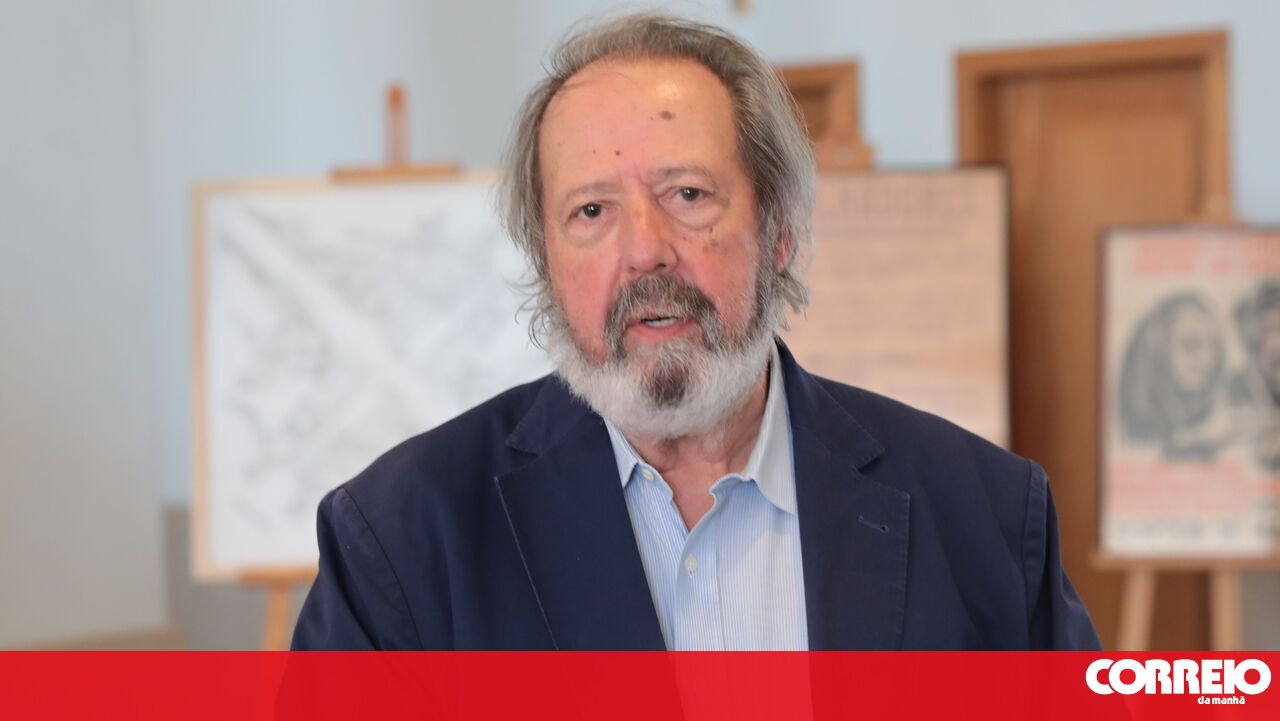From a quick walk to the neighborhood bakery to a trip to the cinema, we spend a significant part of our lives commuting. This reality paints a clear picture of what many of our cities are still like today. A recent European initiative has confirmed what we feel daily: we are far from living in '15-minute cities'.
European Study Reveals Commuting Realities
The Friendly City Index, launched by Bolt in nine Central and Eastern European countries, shows that most people need at least half an hour to reach their daily destinations. Exceptions, where living, working, and handling daily errands are possible within a 15-minute radius, are rare and mostly found in smaller cities with less traffic and a more human pace.
Portugal's Urban Mobility Challenges
Although Portugal was not included in this survey, it's easy to imagine a similar or even harsher scenario. Just think of the morning traffic jams in Lisbon and Porto or the time spent on poorly coordinated public transport. Even in smaller towns where everything should be close by, we still rely heavily on private cars for almost everything. These are symptoms of '30-minute cities'—or even longer.
The Vision of the 15-Minute City
The concept of the '15-minute city' stems from the idea that life should fit into a small circle. Having work, children's schools, supermarkets, cafes, and parks nearby allows for walking, cycling, or using scooters. It's less about time and more about balance and well-being—less stress, less fuel, and more free time.
Insights from Alternative Mobility
Data also reveals something intriguing: those who come closest to this ideal aren't necessarily residents of wealthier cities with modern transport systems, but rather people who choose alternative modes of transportation. For instance, younger individuals combine bicycles, public transport, and shared services like TVDEs for their commutes, often arriving faster than those who prefer private vehicles. Along the way, the city improves.
Signs of Change in Portugal
In Portugal, there are signs of progress. There are more bike lanes, 30 km/h zones, and micromobility services than five years ago. However, the car culture still dominates. The automatic reflex to 'go somewhere' often means grabbing the car keys, and until this changes, we remain stuck in the same traffic and time constraints.
Taking Action for a Better Urban Life
I like to think that the 15-minute city doesn't depend solely on urban planning but also on how we live in it. We can start with small changes: exploring our neighborhood on foot, cycling to the gym, trying to leave the car at home occasionally, or swapping a trip to a hypermarket for a walk to a local market. These small gestures can transform our daily lives and, ultimately, our streets.
While the conditions for a 15-minute city aren't fully in place yet, we can't just wait. We must begin to live in a more human way now and gradually change how we move around our cities.


















Comments
Join Our Community
Sign up to share your thoughts, engage with others, and become part of our growing community.
No comments yet
Be the first to share your thoughts and start the conversation!